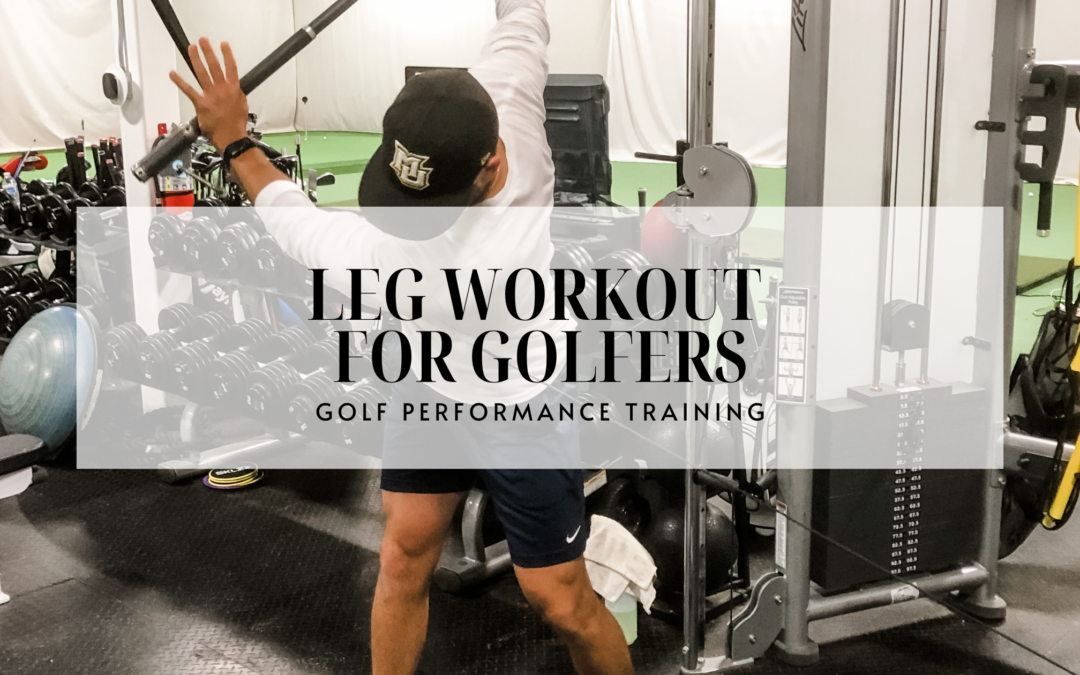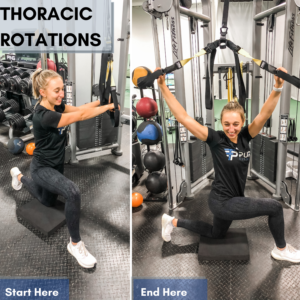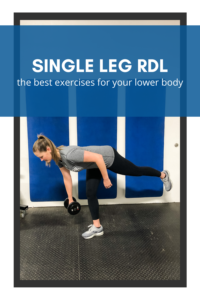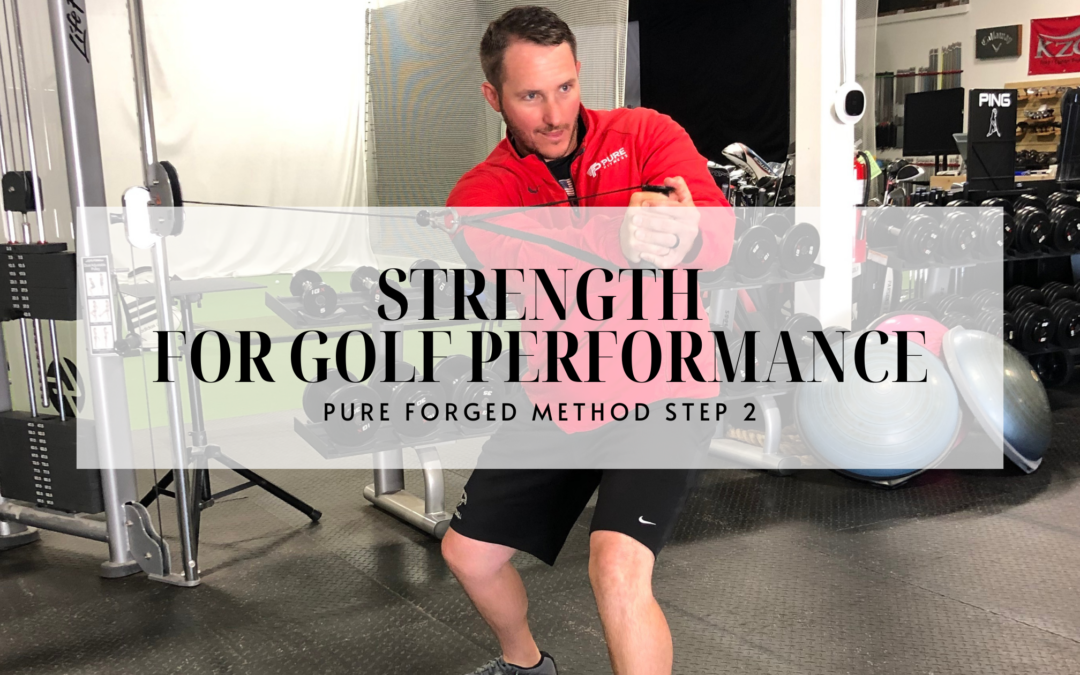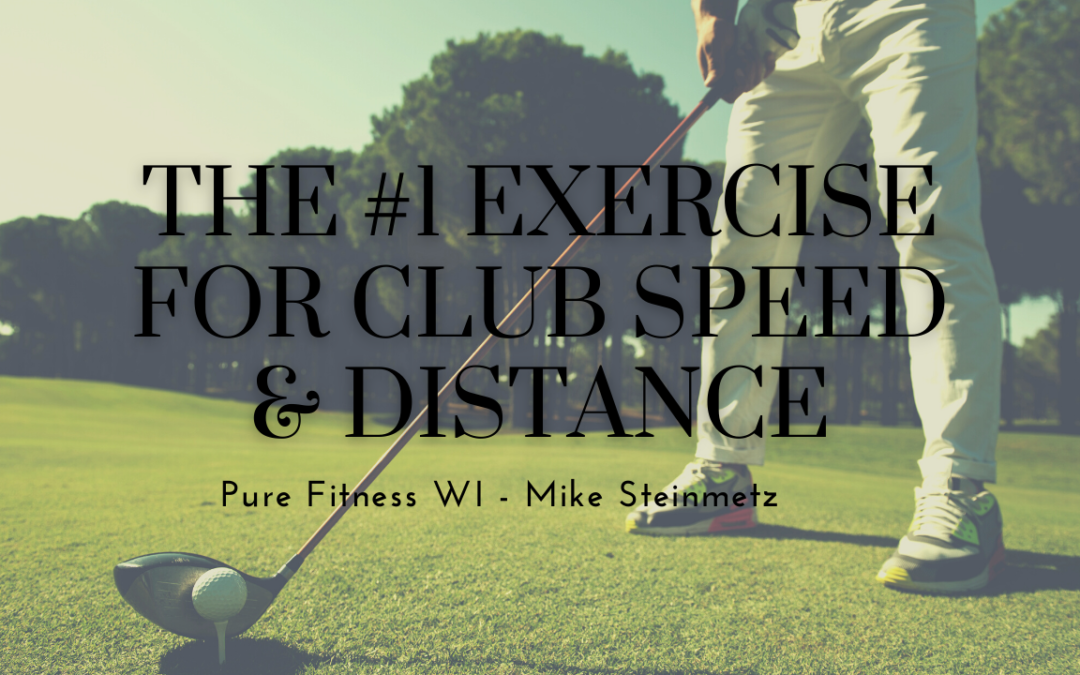Power and explosiveness within full range of motion
In steps 1 and 2 we covered flexibility and stability respectfully. Step 3 takes us into the development of power through periodized programming and plyometrics. However, if you haven’t read and implemented steps 1 and 2 stop now.
Read Golf Fitness Flexibility and start implementing a regular stretching routine.
Then read Golf Fitness Stability and start incorporating those exercises to build a strong foundation.
Now back to power development for golf performance.
Step 3 is where you can separate yourself from others on the course. Top end, professional athletes are using this step to take their performance to the next level. So if you, like professional athletes, are looking to increase distance and swing speeds keep reading.
Full Range of Motion
This is the foundation of healthy movement for everything. Golf is no exception.
Being able to move through the entire ROM in a golf swing simply means the ability to develop speed. And speed means distance. We all want distance.
Along with speed another huge benefit of full ROM is pain free movement. In many cases people who have limited ROM will also have pain. This pain can be anywhere in their body. It is caused by the body continuously trying to compensate for the lack of ROM.
In golf we repetitively swing the club. If our ROM is limited in that movement patter – anywhere from you shoulders to your hips, your body will compensate. You will still create movement, but your body will load and fire incorrectly. Stress will be put on areas that should not be feeling it. The end results will be pain and if it is not address quickly, chronic pain. For a golfer this limited ROM presents most commonly as chronic low back pain.
So it’s simple, achieve full range of motion and increase speed and play pain free. Who wouldn’t want to do that?!
Not sure how to achieve full range of motion. Well, go read step 1 like I said at the start.
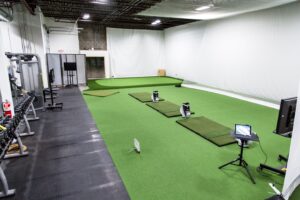
Power
Power within full ROM is the third step in the process of taking your game to the next level.
Remember Step 1 ROM, Step 2 Stability.
In a power development phase l periodize your training program to build and peak at specific times. This process optimizes your performance and translates the work in the gym to the speed and distance on the course.
Yes, I just told you that simply having full ROM will give you speed, but this step is where people separate themselves.
It is imperative that this power phase is focused on training and strengthening the FULL ROM and not just parts of it. In order to maximize your results your body needs to build strength throughout the entire movement pattern (s). Otherwise, you just wasted the time you spent on step 1 and step 2 and you will limit your potential.
This phase is also a good time to incorporate training under unstable conditions for the purpose of power development. I use a bosu ball and stability pad with my clients.
These are affiliate links. I earn a commission when you shop through them, but there is no increased cost for you. Your support is appreciated!
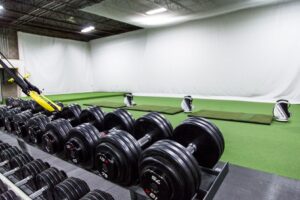
Explosiveness
Explosiveness often gets interchanged with power and they are quite different. Both can give you the same end result but by training different physiological adaptations. Both are important to golf performance. And when used synergistically will get you the best results.
Power is strengthening the muscle itself, where explosiveness is teaching the body how to use it. Properly training some for explosiveness means teaching their body how to use stored elastic energy. Taking advantage of the stretch reflex component and golgi tendon organ (GTI).
The easiest way to do this is through plyometrics, when done correctly. Often plyometric exercises turn into cardio sessions. Simply put, thats a waste of time. It takes zero advantage of the training modality.
Quality over quantity always takes precedent in plyometrics. Iv’e said it in other articles, but I’ll say it again. Quality fast movement throughout the entire ROM is the key. Teach the body how to use stored elastic energy and train it properly and you just took your full ROM and created a monster off the tee box.
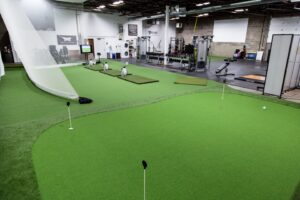
Periodization
I think it’s important to quickly talk about periodization as power and explosiveness require it in order to ensure maximum results.
Just going into the gym and doing the same rep counts with the same weights won’t maximize your full potential. Through proper periodization you can and will maximize top end strength to peak when you want it to. Which will give you that club speed and distance we have been talking about.
Periodization also allows your muscles to hypertrophy over a period of time without going through phases of overreaching (the precursor to over training) which would cause a loss in strength. And we want hypertrophy because it is what allows us to build strength to be used as explosive power.
On paper, periodization is simple. Following a progressive cycle of 6-12 weeks in length that adjusts intensity and volume to maximize top end strength at a specific time. However, many people don’t know how to properly periodize an individual, or more importantly don’t know when to make the appropriate adjustments during the training cycle. There is a scientific approach to periodization and if you don’t follow it, you are wasting your time.
Also an important note for readers who want to follow this style of program is that you have to be on a consistent schedule 3-5 days per week. You cannot train for a week and then take one off, or two weeks and then take a week off. These are the types of programs that you need to be all in on in order to reach your highest potential.
You can read about my number one power exercise to increase distance in this article.
Put it all together
Now you know our 3 step PureForged Method.
- Flexibility and Range of Motion
- Stability and Balance
- Power and Explosiveness
Follow this system step by step and watch your game sky rocket. Reach out to us for an assessment, programming or one-on-one training.
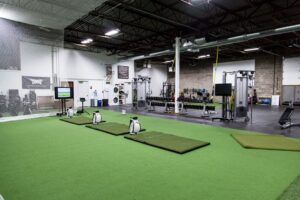
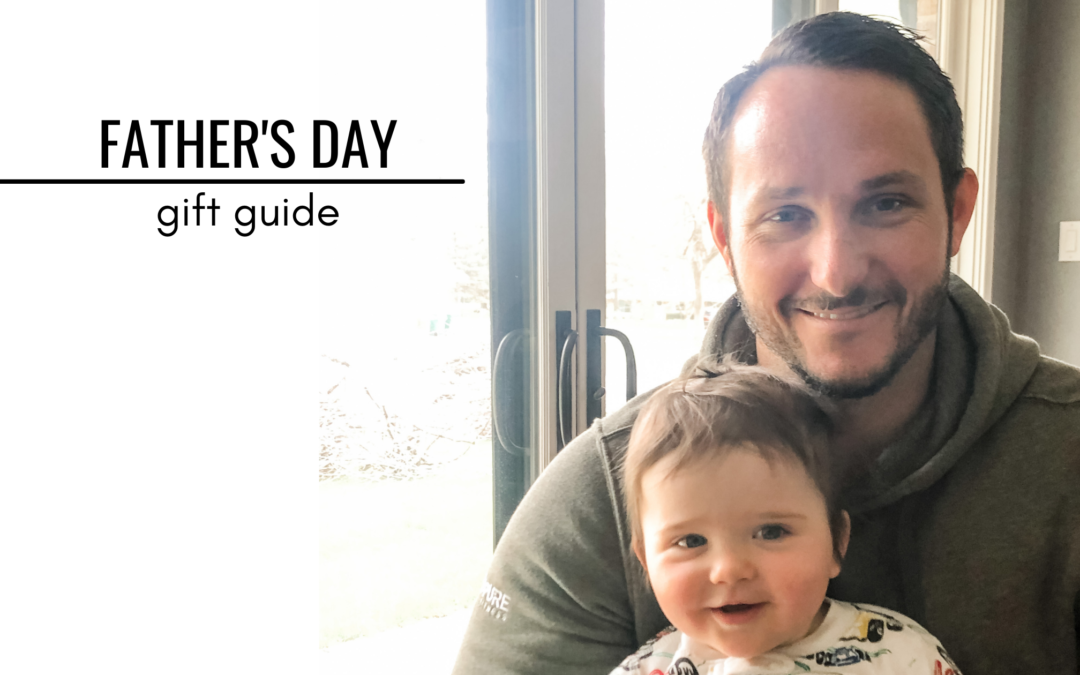





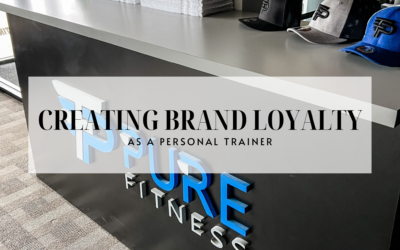
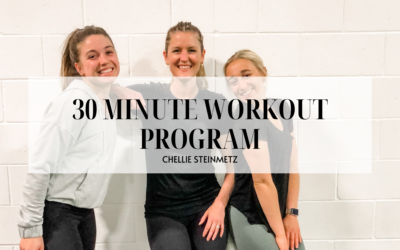
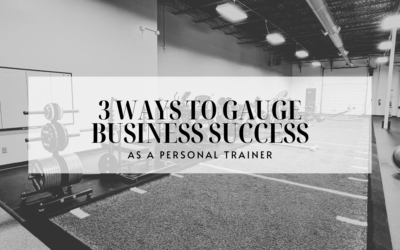
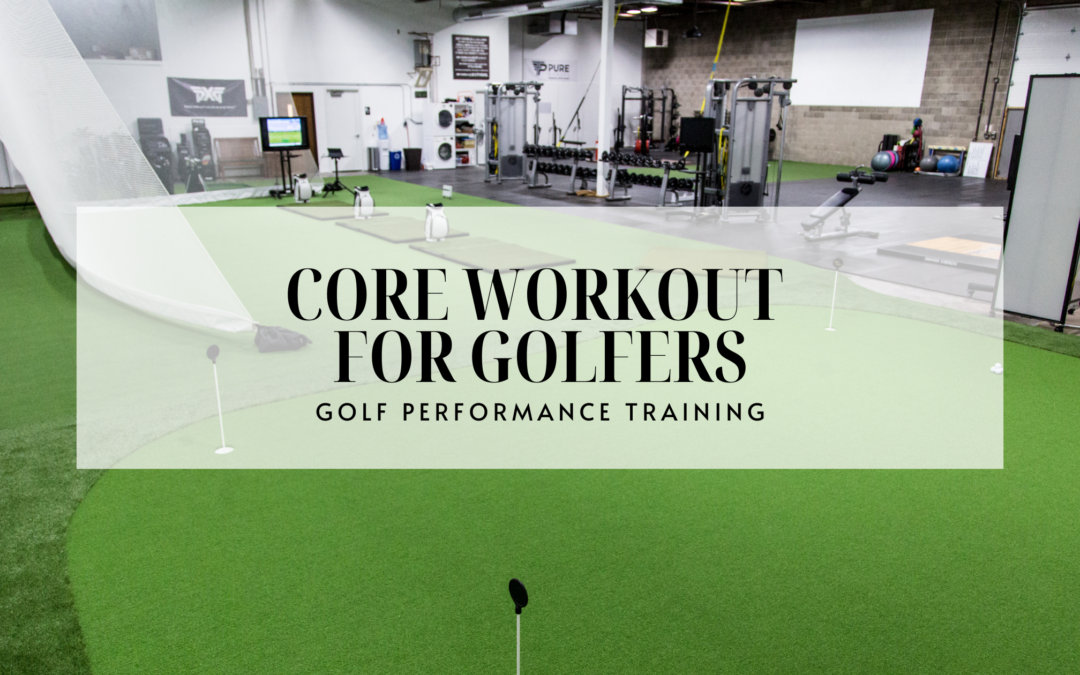
 There are two top reasons why if you want to positively impact your golf game you should be training your core. And they are the two most common reasons golfers come to see us. They want to relieve back pain or stiffness that they have before playing golf and worsens as they play, or that starts as soon as they swing a club a few times, or that knocks them out of commission for a few days after playing a round.
There are two top reasons why if you want to positively impact your golf game you should be training your core. And they are the two most common reasons golfers come to see us. They want to relieve back pain or stiffness that they have before playing golf and worsens as they play, or that starts as soon as they swing a club a few times, or that knocks them out of commission for a few days after playing a round.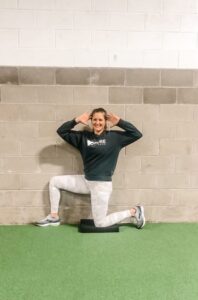 As discussed above golf is a rotational sport, starting from the ground up. So when we are looking to take power from the very bottom of our body and release it through our upper body there are a lot of transfer points.
As discussed above golf is a rotational sport, starting from the ground up. So when we are looking to take power from the very bottom of our body and release it through our upper body there are a lot of transfer points.




